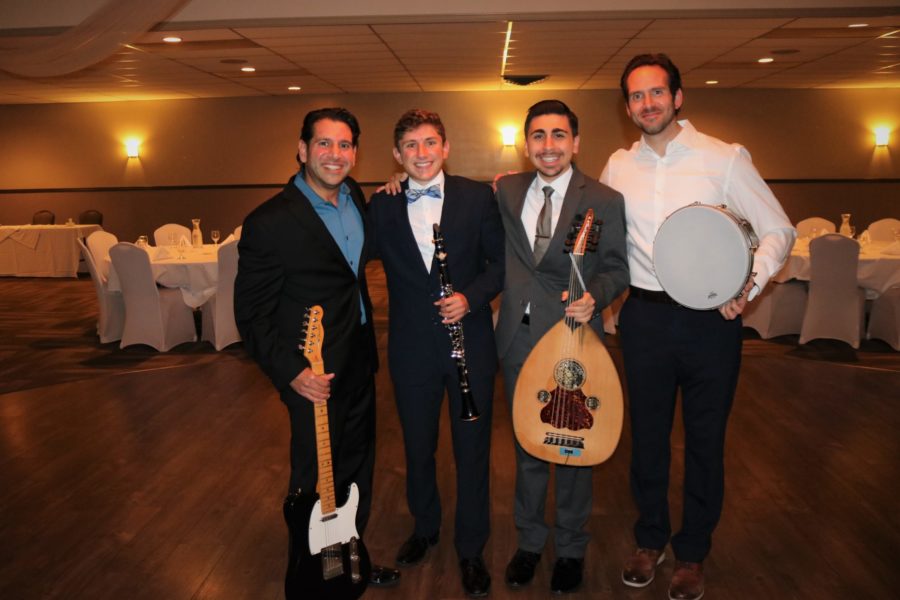FRESNO — One of the most promising young musicians in the realm of Armenian dance and folk music in the United States is a 21-year-old third-generation Armenian-American college student: Andrew Hagopian of Fresno.
Andrew recently spoke about how he, along with his older brother Phillip, is carrying on the traditions handed down to them from their grandfather, legendary oud player, singer, and folklorist Richard Hagopian.
This writer first met the Hagopian brothers in Chicago, at the Poon Paregentan dance of 2018. We, the attendees, knew that Richard Hagopian’s grandsons were going to be performing. Two young guys appeared on the stage who could not have been much more than 20. As the attendees went to order drinks the improvisation of an oud taksim began to fill the room. We smiled and felt contented, relaxed in the familiar strains of our music. Yes, it even sounded like Richard’s oud. It was Phillip Hagopian playing. Then a powerful, vibrant, and deep voice filled the air. “Who’s singing?” we asked each other, astounded. It couldn’t be “the boys”…

It was, indeed. They could sing like their grandfather, too. At that moment I felt I had been transported back in time to a Fresno ACYO Dance in 1956 at one of Richard Hagopian’s first gigs. At that moment, I knew that I was witnessing a special moment in time, the first gig “Back East” of the grandsons of Richard Hagopian, the inheritors of his special legacy in music.
About his beginnings in music, Andrew Hagopian says: “I was born into a traditional Armenian household. Music and family were crucial to me and my brother’s upbringing. Ever since I can remember, my parents always played Armenian music in the house, when we travelled, or had a family gathering. My brother Phillip and I became mesmerized by it. We embraced the music any chance that we could get. All of the inspiration came from our grandfather, Richard Hagopian, who was always someone my brother and I looked up to, not because he was Richard Hagopian the Armenian oud player, but because he was our grandfather. We knew how well known and respected he was in the community, but we always saw him as Grandpa. We didn’t see him as other Armenians viewed him within the community.”










